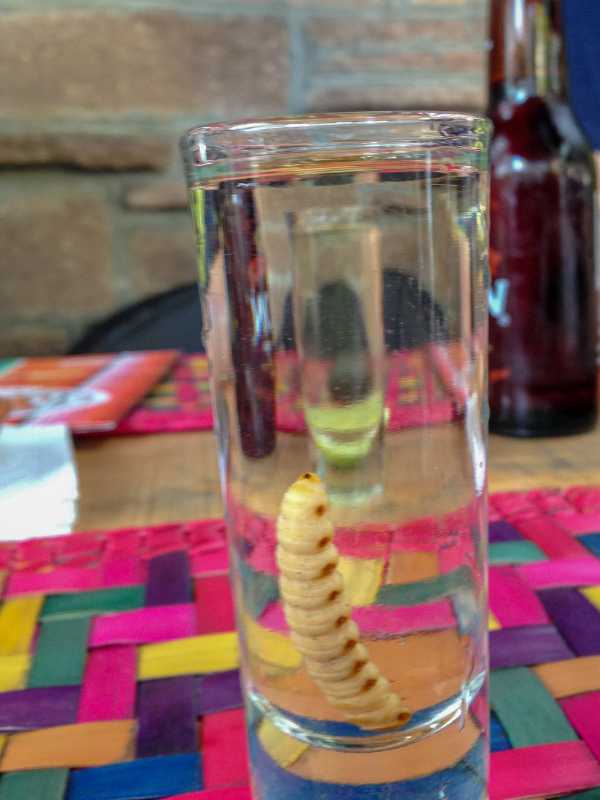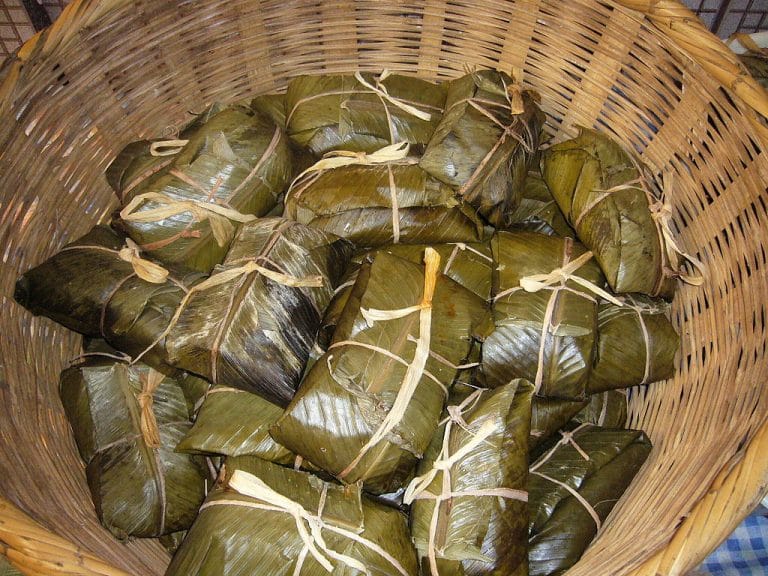What Is A Tequila Worm? Can I Eat It?

Tequila worm, also known as gusano, is a type of worm that is sometimes added to bottles of certain types of mezcal and tequila as a marketing gimmick or traditional practice in some regions of Mexico.
The worm is typically the larva of the Hypopta agavis moth, which can infest the agave plant from which tequila is made. Some people believe that consuming the worm has certain hallucinogenic or aphrodisiac effects, but there is little scientific evidence to support these claims.
The presence of a worm in a bottle of tequila is not an indication of its quality, and many high-quality tequilas do not include a worm. Additionally, some experts suggest that the presence of a worm can actually be a sign of lower-quality mezcal or tequila, as it may be added to mask the taste of impurities.
Origin & Cultural Significance
Contrary to popular belief, the tradition of eating a worm with tequila is not a common practice in Mexico, and is not considered a cultural norm or tradition. In fact, the consumption of the worm is a relatively recent phenomenon that originated in the 1940s, when a Mexican distillery owner began marketing bottles of mezcal with a worm in them as a gimmick to increase sales.
Tequila and mezcal are both distilled alcoholic drinks prepared using the agave plant. However, mezcal has a different flavor and is made in a different way. The worm, which is actually the larva of a moth that infests the agave plant, was traditionally considered a pest and not something to be consumed.
However, the owner of the distillery realized that the novelty of a worm in a bottle of mezcal could attract tourists and curious drinkers, and the idea caught on.
The practice of consuming the worm with tequila, which is a different type of agave-based spirit, was also popularized as a novelty item in the 1950s and 1960s, and has since become associated with Mexican drinking culture in some parts of the world. However, it is important to note that this is not a traditional or culturally significant practice in Mexico, and is largely viewed as a marketing ploy.






